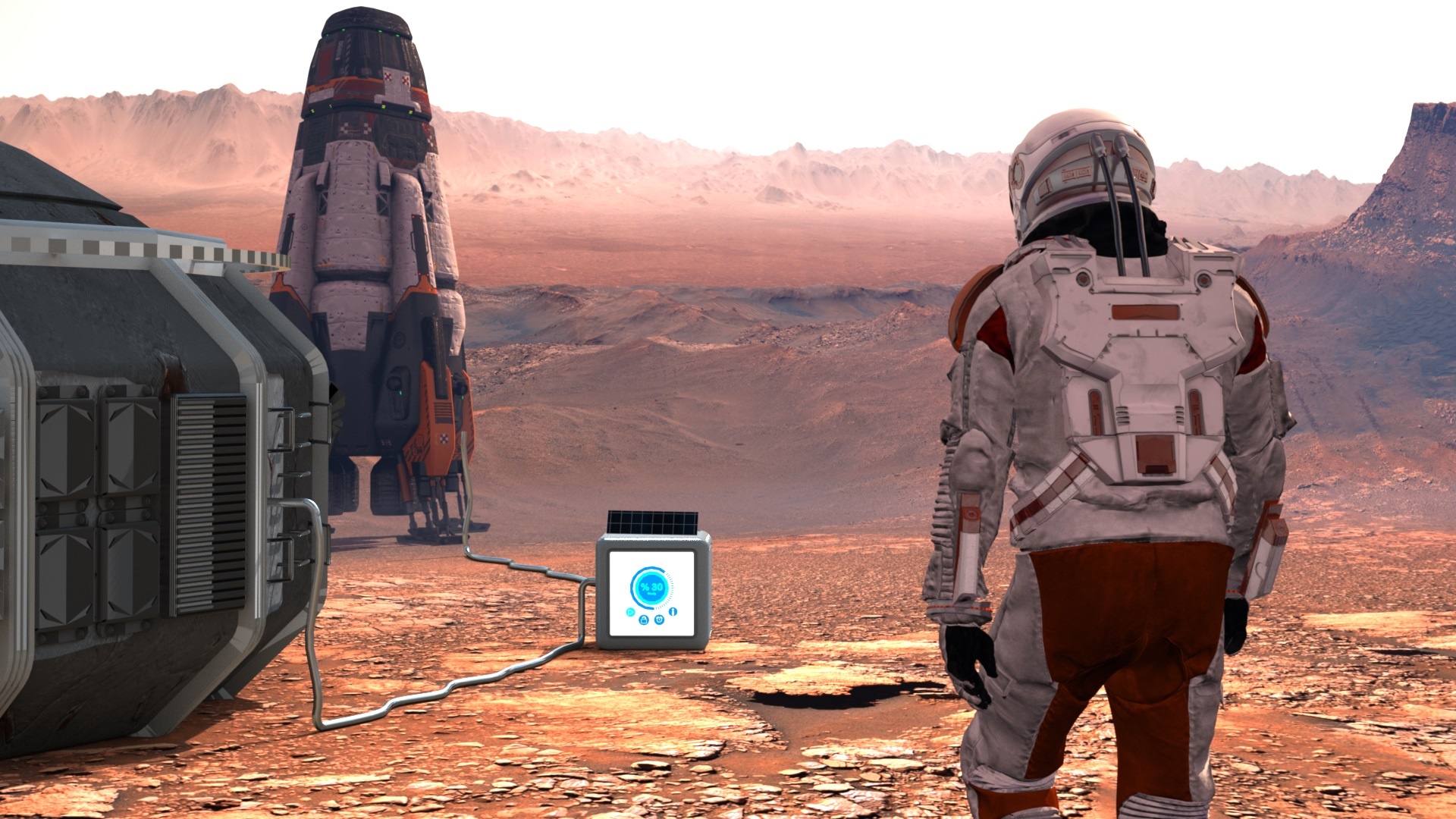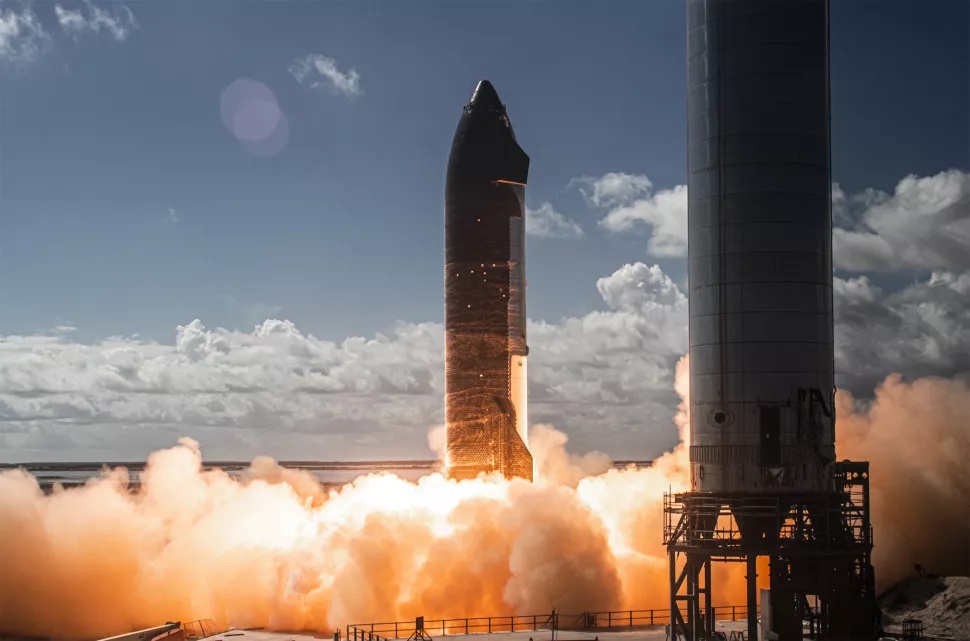In a few years, as part of the Artemis Program, NASA will send the “first woman and first person of color” to the lunar surface. This will be the first time astronauts have set foot on the Moon since the Apollo 17 mission in 1972. This will be followed by the creation of permanent infrastructure that will allow for regular missions to the surface (once a year) and a “sustained program of lunar exploration and development.” This will require spacecraft making regular trips between the Earth and Moon to deliver crews, vehicles, and payloads.
In a recent NASA-supported study, a team of researchers at the University of Illinois Urbana-Champaign investigated a new method of sending spacecraft to the Moon. It is known as “multimode propulsion,” a method that integrates a high-thrust chemical mode and a low-thrust electric mode – while using the same propellant. This system has several advantages over other forms of propulsion, not the least of which include being lighter and more cost-effective. With a little luck, NASA could rely on multimode propulsion-equipped spacecraft to achieve many of its Artemis objectives.
Continue reading “Multimode Propulsion Could Revolutionize How We Launch Things to Space”




